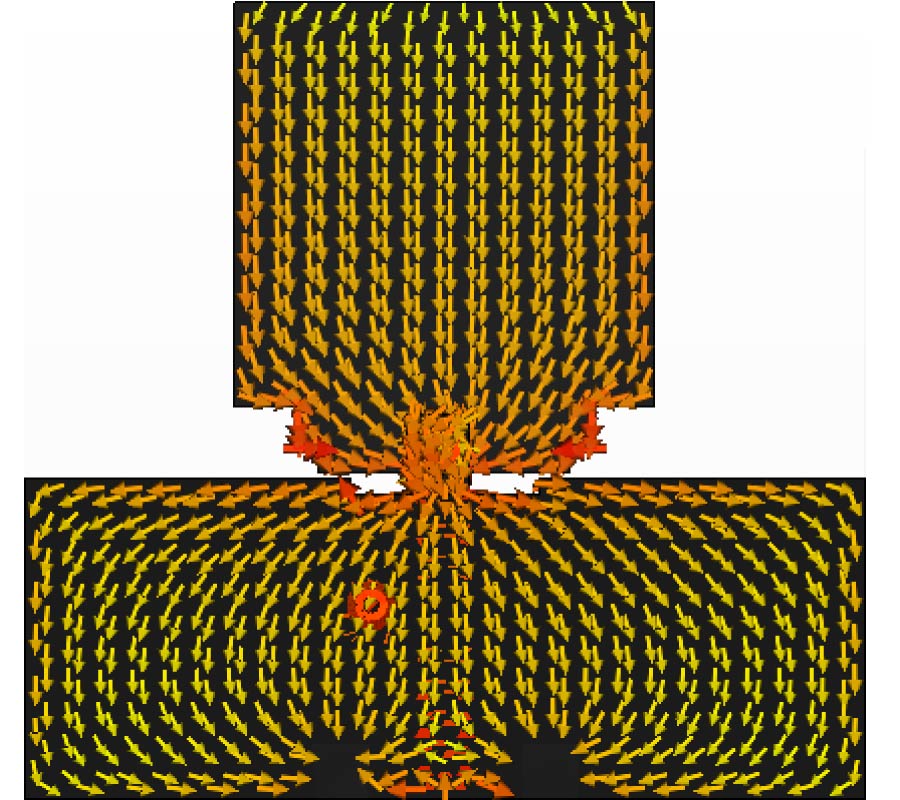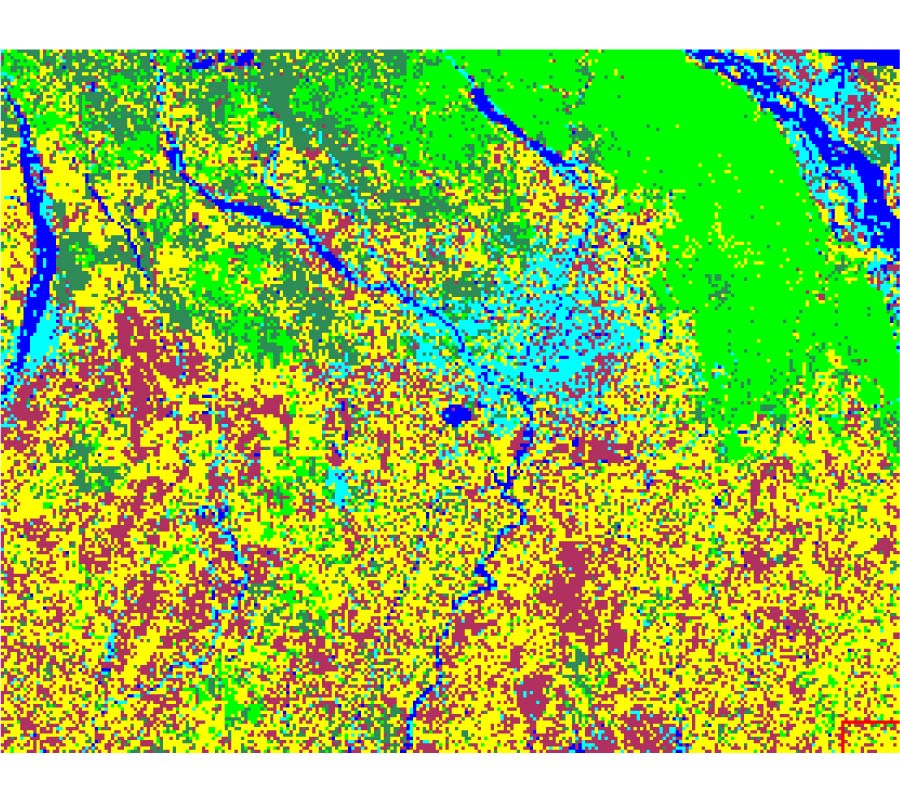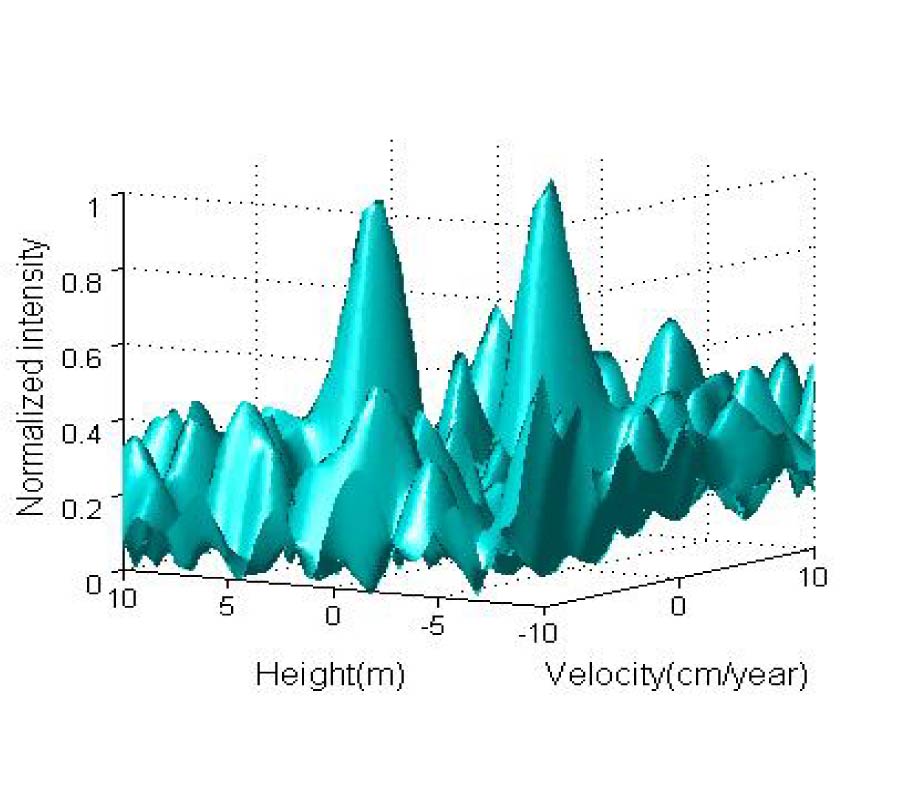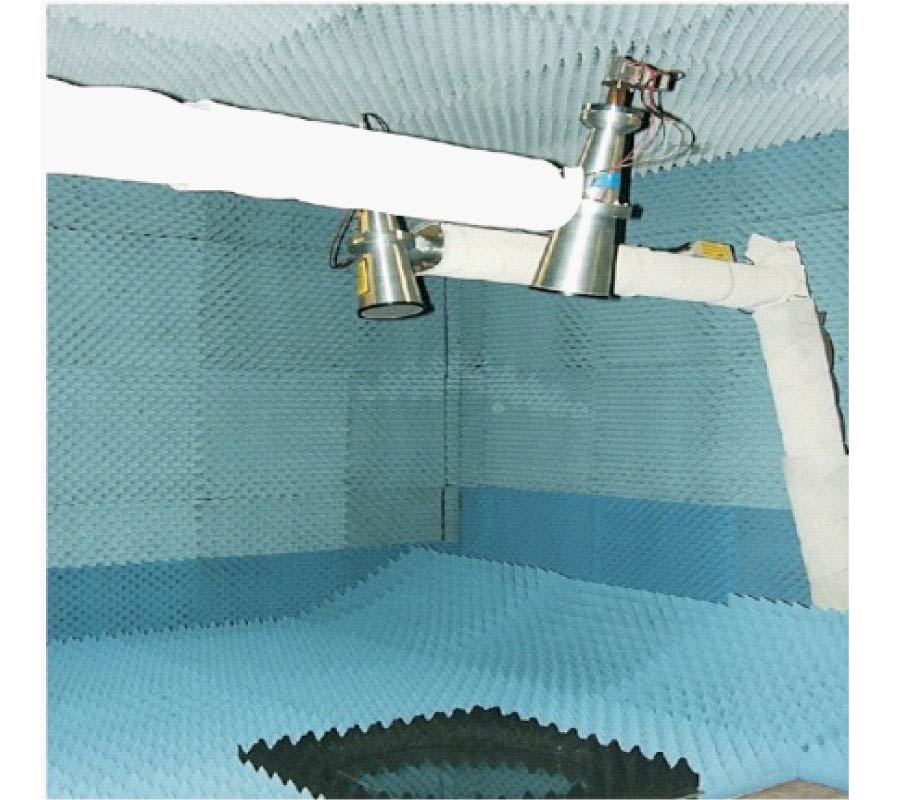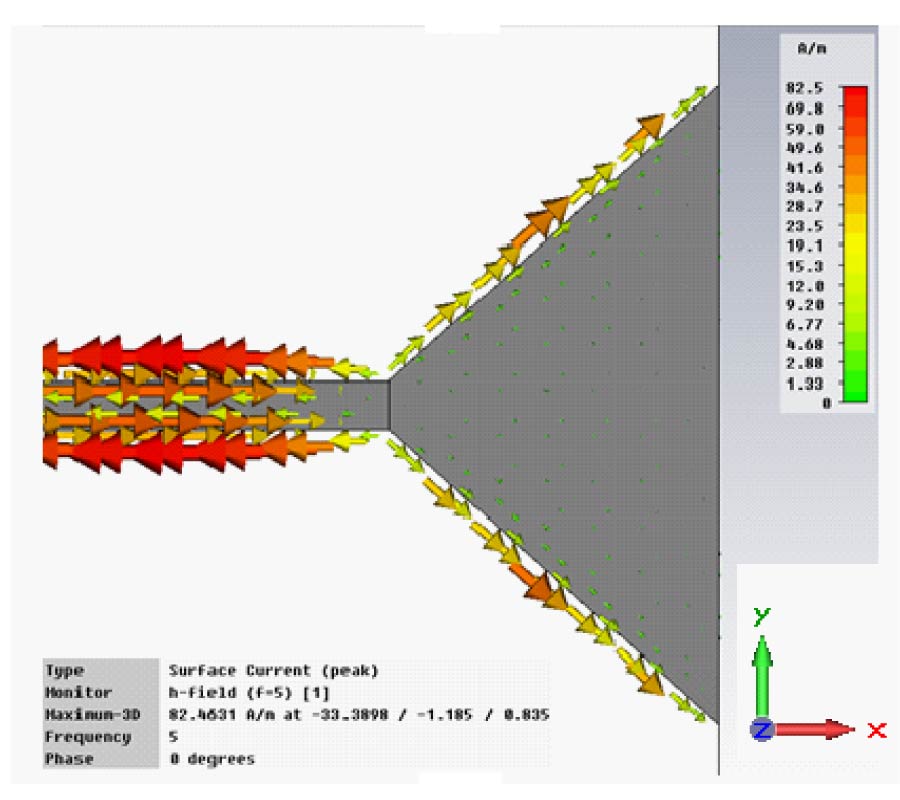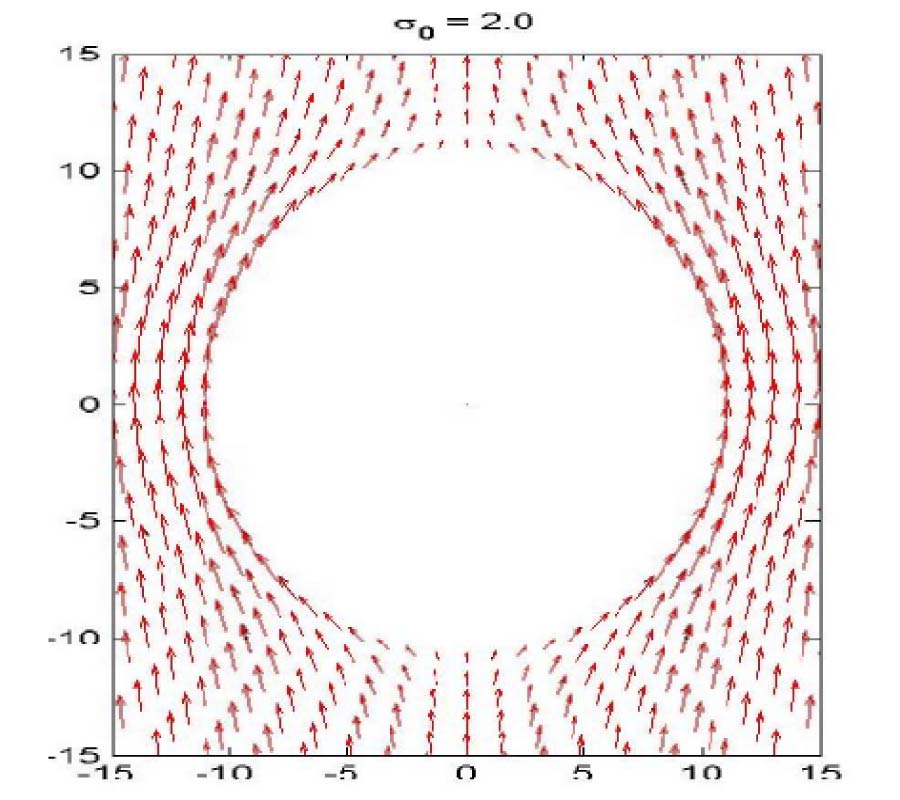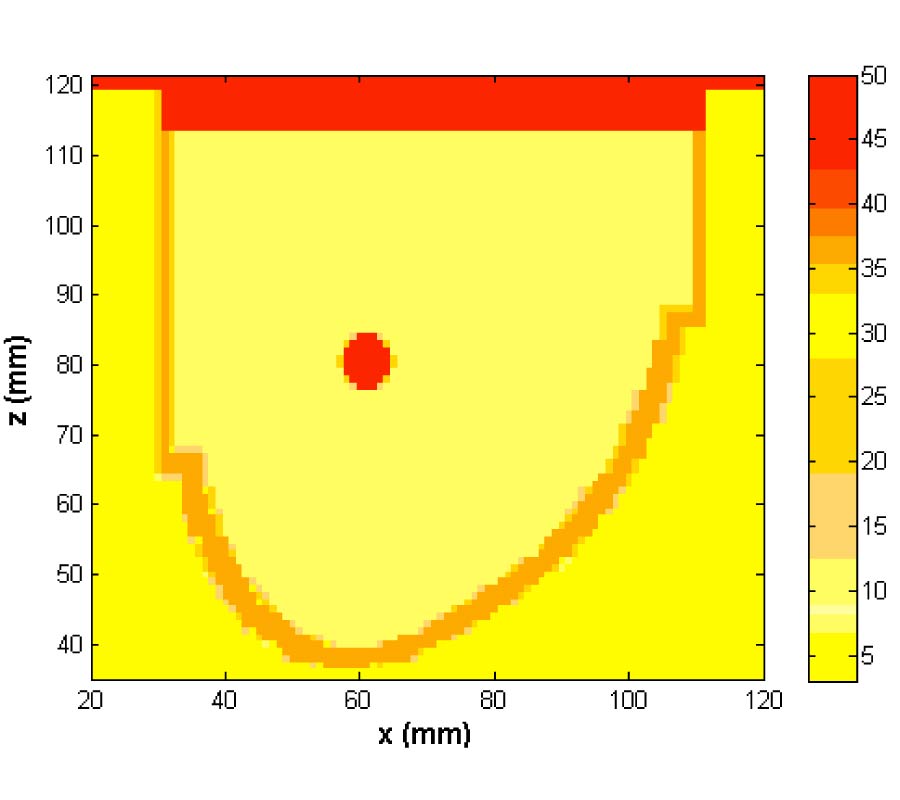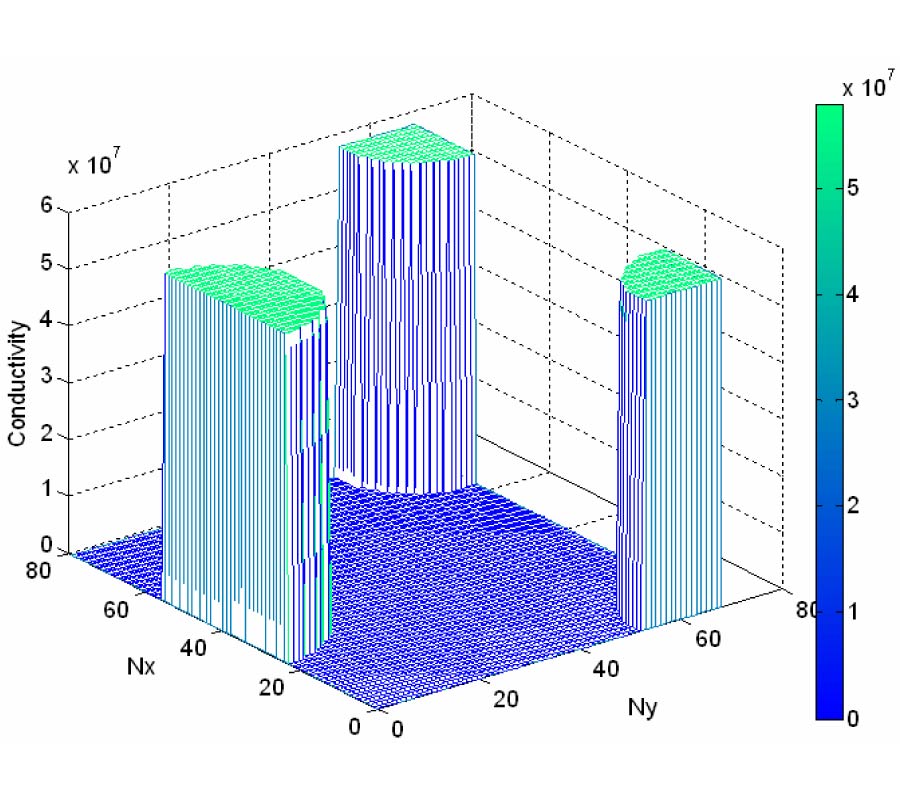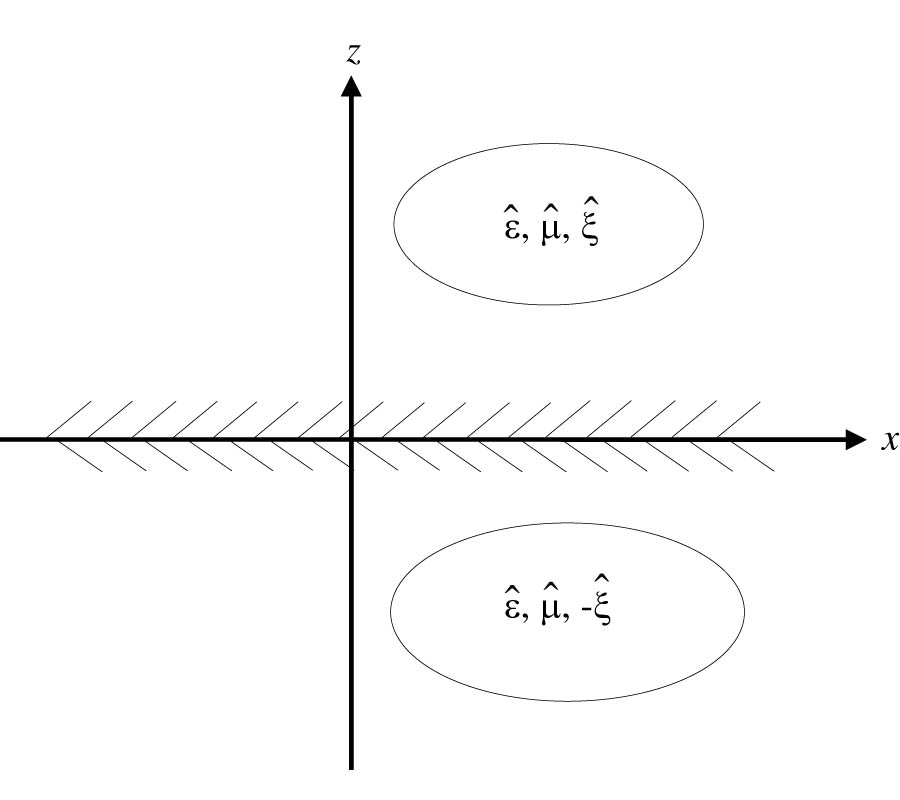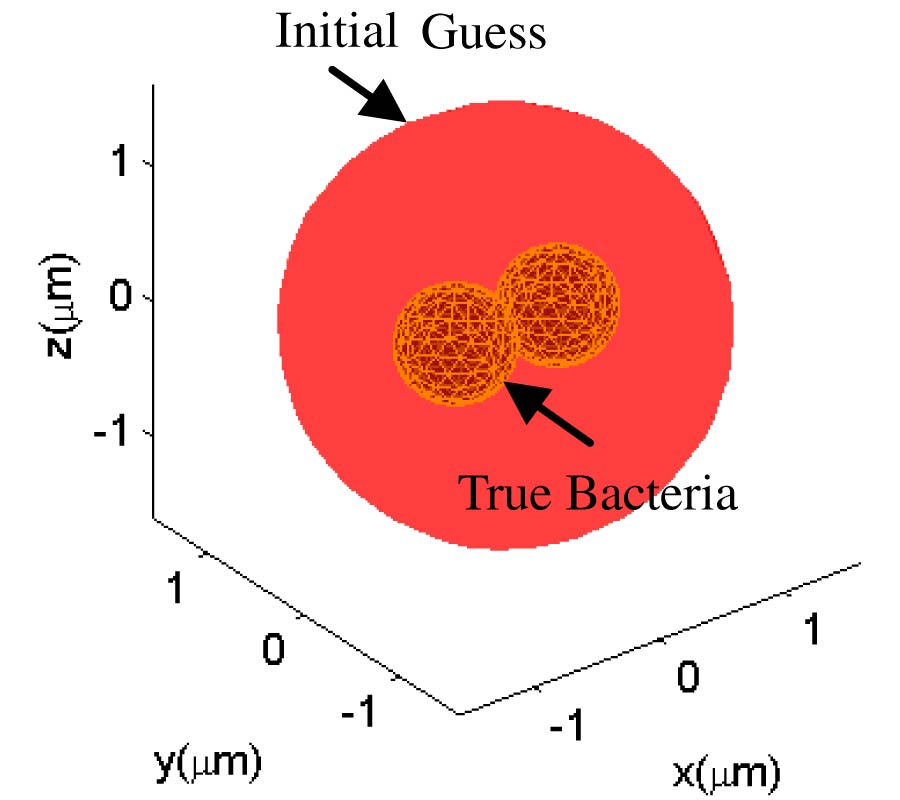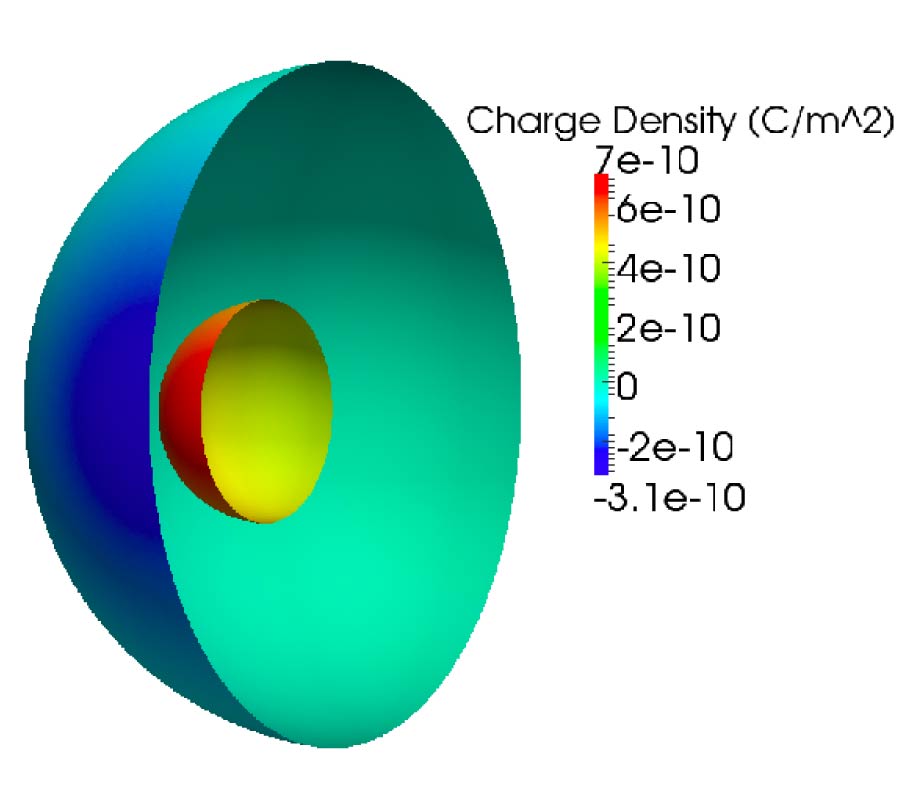Jute and Tea Discrimination through
Fusion of SAR and Optical Data
Dipanwita Haldar
,
Chakrapani Patnaik
,
Shiv Mohan
and
Manab Chakraborty
Remote sensing approaches based on both optical and microwave region of EM spectra have been widely adapted for large scale crop monitoring and condition assessment. Visible, infrared and microwave wavelengths are sensitive to different crop characteristics, thus data from optical and radar sensors are complementary. Synthetic Aperture Radar (SAR) responds to the large scale crop structure (size, shape and orientation of leaves, stalks, and fruits) and the dielectric properties of the crop canopy. Research is needed to assess the saturation effects of SAR data and to investigate the synergy between the optical and SAR imagery for exploring various dimensions of crop growth which is not possible with any one of them singly with higher degree of accuracy. An attempt has been made to study the potential of SAR and optical data individually and by fusing them to separate various landcover classes. Two-date and three-date SAR data could distinguish jute and tea crop with 70-85% accuracy, while cloud free optical data (green, red and infrared bands) resulted in accuracy 80-85%. On fusing the optical and SAR single date data of May, 29 2010 using Brovey method, an accuracy of 85{\%} was obtained. PCA and HSV with munsell based approaches resulted in similar accuracies but HSV performed the best among these. This emphasizes on the synergistic effect of SAR and optical data. Also the fused data could be used to delineate the crop condition and age by inputs like NDVI from optical and XPR (Cross polarization ratio) from SAR data.
The co- and cross polarization ratios along with various indices viz. Biomass Index (BMI), Volume Scattering Index (VSI) and canopy structural index (CSI) were used to discriminate tea from jute. Due to differences in structural component of tea and jute at early season as manifested by the indices, there is clear separability as observed from the mean values. Among the dual polarization combinations, HV/VV performed the best (70%) followed by HV/HH (62%) and lastly HH/VV (42%). Among the single best indices for discrimination BMI performed the best. Combination of Co, Cross-polarization and BMI yields around 80% classification accuracy. BMI and VSI combination yielded the best classification accuracy of 84%. This level of accuracy obtained was much superior to that of multidate HH polarization SAR data.
